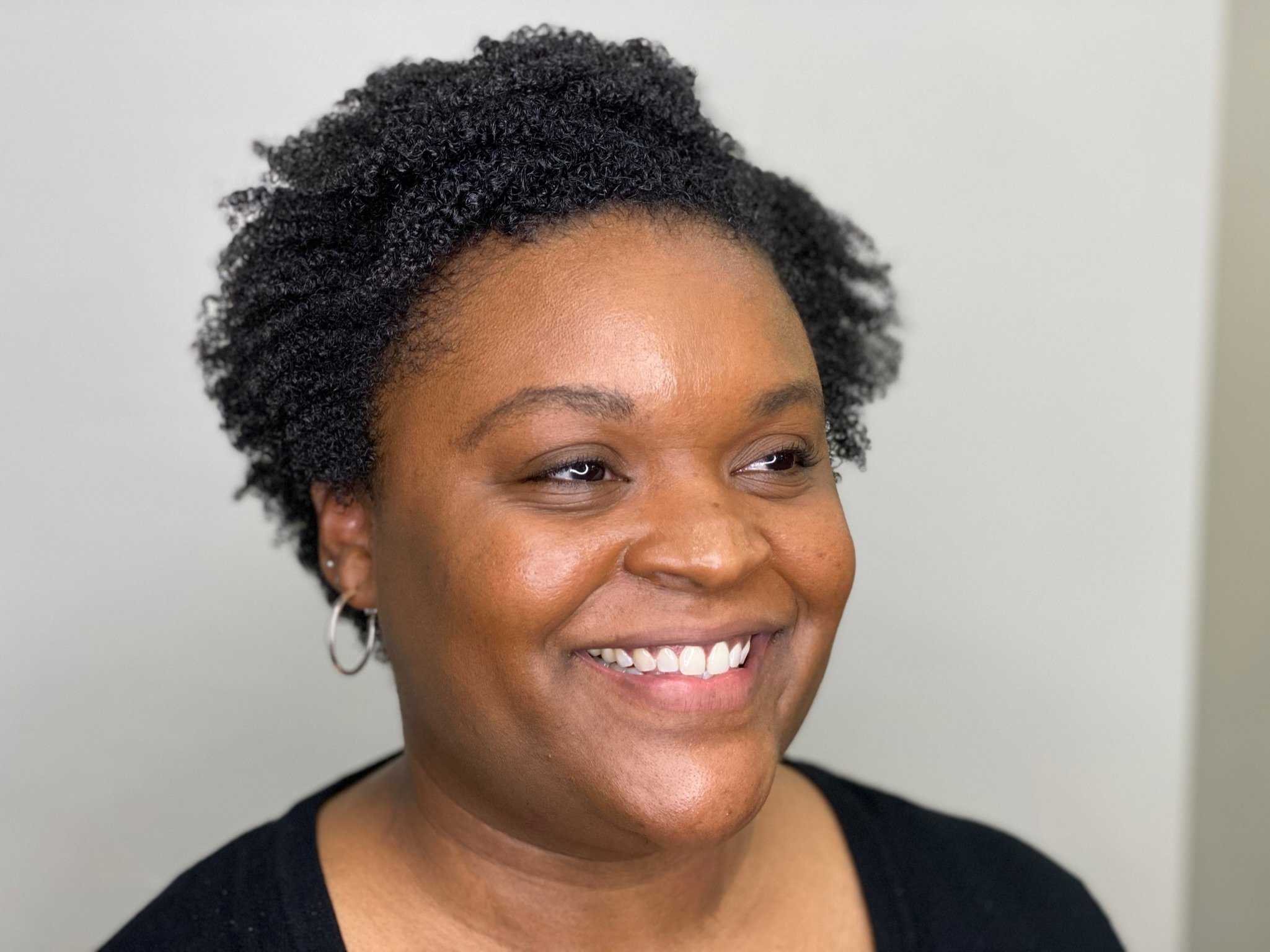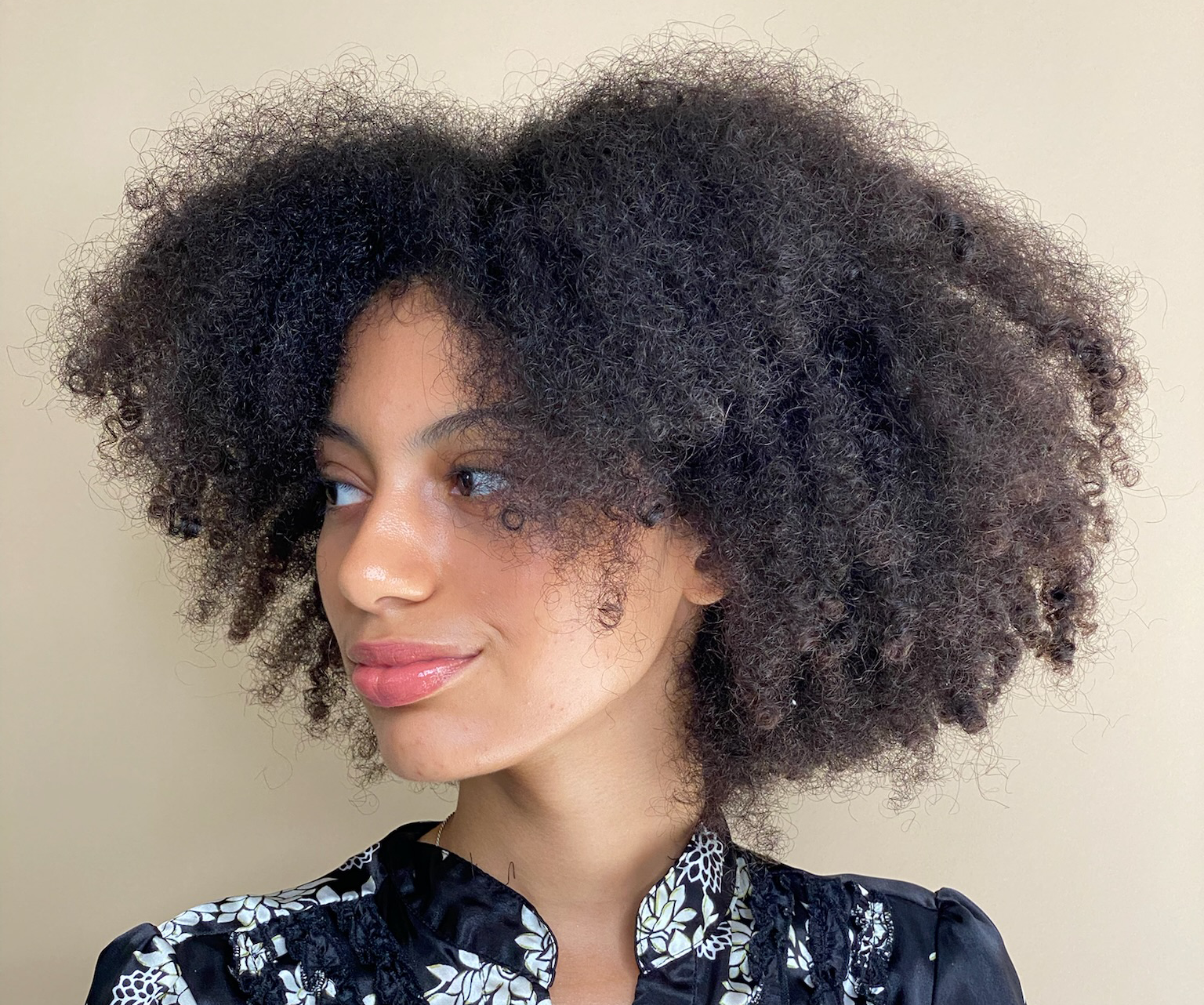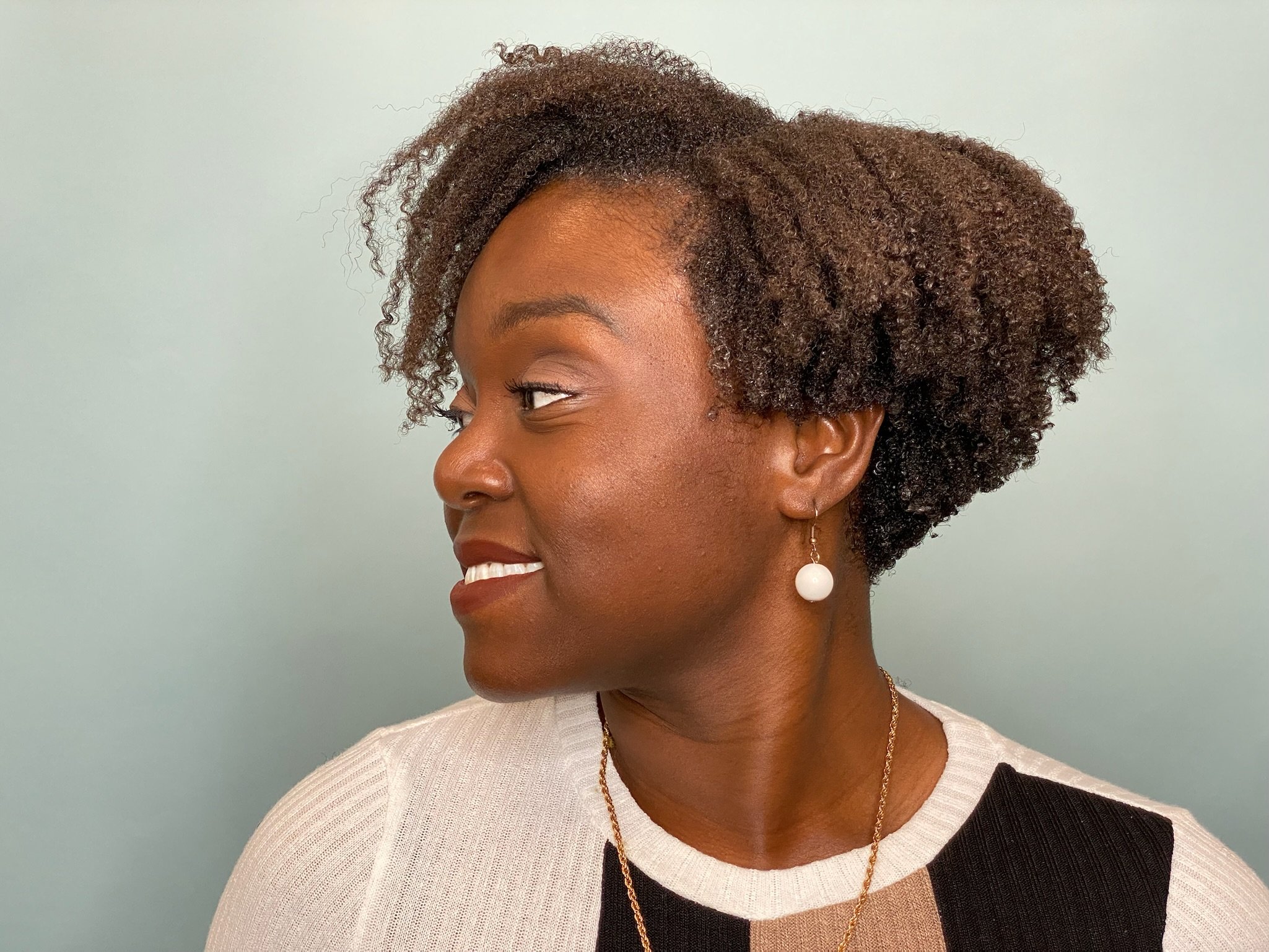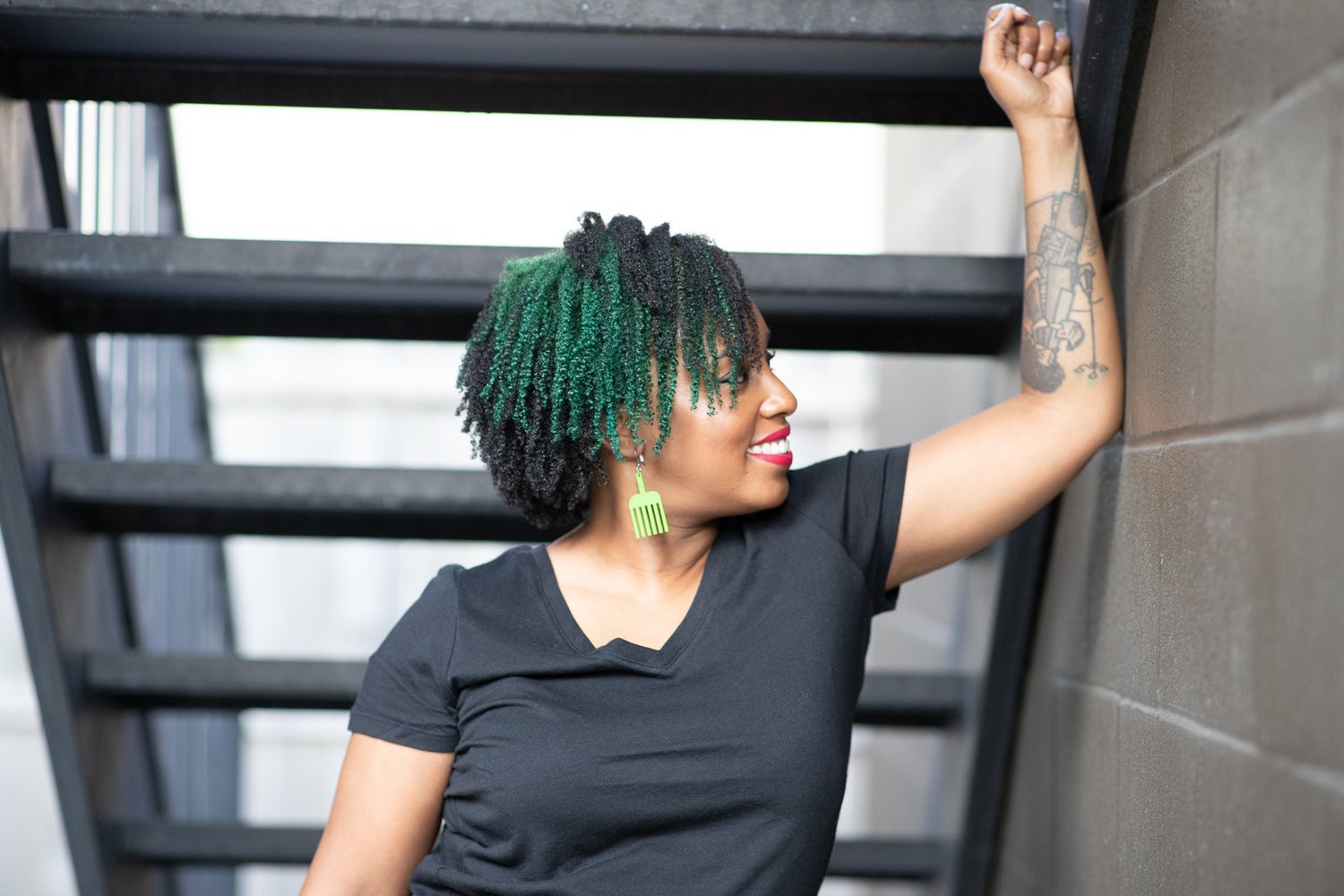5 Things the Natural Hair Community Was Absolutely Wrong About
We’ve been debunking quite a few popular natural hair myths over in our social spaces that have received quite the response. As licensed stylists and tight curl educators, we wanted to share a few more myths that the natural hair community had absolutely wrong.
#1: The Use of Heat
There are a lot of misconceptions and fear within the natural hair community when it comes to heat. Many naturals have been so misinformed about heat, that they have avoided it altogether with the goal to not cause damage to their hair.
As licensed stylists, with clients that may us real American dollars to look good, majority of the time heat is not only needed to properly set a style from wet to dry, but it is also quicker because who wants to be in the salon all day?
There are two different kinds of heat—direct and indirect heat. Using a hood dryer or a blow dryer with a diffuser attachment are two forms of indirect heat. Indirect heat does not cause damage to your curls when used correctly. For a deep dive into direct and indirect heat, visit our blog post.
#2: The LOC Method
The LOC/LCO method, with the L standing for leave-in, the O for oil and the C for cream, is religiously followed in the natural community claiming to moisturize and/or seal hair.
As licensed stylists and tight curl educators, we’re here to tell you that this is actually a load of crap. Sealing as it related to hair care has been grossly misunderstood. The act of acquiring and sealing moisture happens in the cleansing and conditioning process. During a good shampoo—dirt, debris, product, oils, etc are removed from the hair and the hair swells with water.
“Conditioner IS your sealant. Let that sink in.”
When cleansing and conditioning you’re moving down the ph scale. Typically your shampoo is a higher ph (ph between 6 & 9) depending on cleansing power) than your conditioner (ph between 3 & 5), and your water based styling products usually are within a (ph between 3 & 6) range.
What we don’t discuss is oil doesn’t have a ph. So while raw oil can definitely be used as a protective layer on the hair (we don’t use them), it does not replace conditioner and is not your sealer.
#3: Natural Hair Takes All Day to Do
If your natural hair takes you a full work shift to do and involves 5,000 steps, you could benefit from some professional guidance, fren.
After taking stock of what we were doing to pretty much every client in the salon, we came up with the Wash Hour Process. Generally, it should take most people in between 30-90 minutes to complete the first four steps, with the entire process taking less than 3 hours depending on density, length and any treatments the hair needs.
The Wash Hour Process Steps:
Clarify
Cleanse
Hydrate
Define
Dry
Fluff
#4: Choosing Hair Products Is Trial & Error
First of all, who started this lie? In all of the social forums we visit there are hundreds of comments that state that you’ve got to keep experimenting till you find the products that work for you. That’s not how this works. That’s not how any of this works.
Before looking for any products it’s imperative that we understand what a product is used for, why we would use it, and what is the desired result from using it.
“Products are tools. If you don’t know the purpose of the tool or how to properly use it, it makes no difference how many tools you amass for your arsenal.”
In our Wash Your Damn Hair Styling & Product Guide, we provide you with our full curated product list that has been trialed and tested on dozens of our own clients and clients from our Cut It Kinky Alumni Stylist network. We also provide specific instructions for best use, where to purchase, detailed hair styling video tutorials, our favorite styling product combinations and much more!
#5: Color Damages Curls
We often say that color does damage curls, people without proper hair care knowledge damage curls. It’s very important to thoroughly vet out a stylist before booking an appointment to receive a color service. We highly recommend sifting through their website and even Instagram page to look through their work.
Do they have examples of colors done on natural + tight curls? If you care about your curls, it’s important to partner with a stylist who understands the integrity of curls. In stylist speak, integrity deals with the condition, strength and overall healthiness of the hair. If your curl integrity is important to you, it’s important to seek a stylist who shares that same philosophy.
Your hair also must first be in the proper condition to receive hair color. Proper hair care would mean that you’re:
Properly cleansing your hair with shampoo on a regular basis (every 7-10 days based on an average lifestyle)
You’re using water soluble products and steering far away from oils and butters, food in the hair and any other Youtube trend
You’re partnered with a stylist to receive regular maintenance cuts and more
If you’re seeking hair care advice from people from Youtube who are not professional stylists, this could be a set up for an uncomfortable position where you can experience color damage, because your hair wasn’t in the position to receive color from the very beginning.
Want specific guidance like this tailored to your individual head of hair? We cover all the natural hair fundamentals and more in our digital consumer education platform, The SeeSomeCurls Visual Library.
Our 1.2K+ course community of tight curl + naturals are shaving more than 50% of time off their wash day, being showered left and right with hair compliments, and are receiving direct support of a very encouraging community of tight curlies + naturals who have been exactly where you are.
